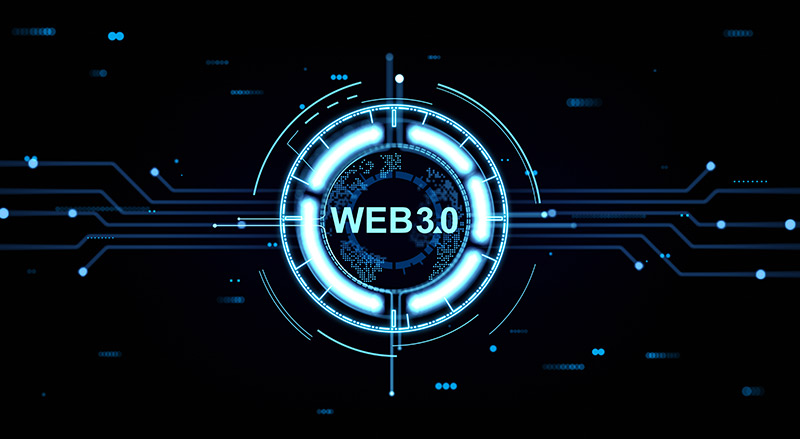The digital landscape is on the precipice of a revolutionary change, with blockchain technology at the helm of this transformation. This change signifies the transition from the user-generated Web 2.0 to the blockchain-driven Web 3.0, promising an era of enhanced security, unparalleled transparency, and a truly decentralised digital economy.
Technological enhancement by blockchain
Blockchain’s foundational features – security, payments, auditability, and identity – are redefining operational protocols across sectors. By underpinning systems with blockchain, we ensure robust security measures, streamline payment processes, establish reliable audit trails, and solidify digital identity verification. These features are integral to blockchain’s allure and are pivotal in its role as a transformative agent in technology.
Central to this evolution is the concept of public permissionless blockchains. These are open networks where participation does not require authorisation, thus embodying the essence of a decentralised and transparent digital economy. This openness fosters innovation and collaboration, breaking down traditional barriers to entry and enabling a truly inclusive digital infrastructure.
Blockchain’s integration with other technologies
Furthermore, blockchain’s versatility allows it to integrate with a spectrum of advanced technologies to amplify their capabilities:
IoT with blockchain
By connecting devices across the Internet of Things with blockchain, we can create immutable records of data exchanges, bolstering trust and efficiency.
Combining AI with blockchain
Artificial Intelligence, when combined with blockchain, can enhance decision-making processes while ensuring the provenance and integrity of the data used.
Integrating blockchain with robotics and drones
These autonomous technologies, when integrated with blockchain, can execute complex tasks with enhanced security and traceability.
Enabling nanotechnology with blockchain
With blockchain, the precise applications of nanotech in science and medicine can be securely recorded and monitored.
Sensors and cameras on a blockchain infrastructure
These devices, when linked to blockchain networks, ensure that the data they capture is tamper-proof and reliable.
IPv6 adoption via blockchain
The adoption of IPv6 in blockchain frameworks can lead to more efficient routing and address autoconfiguration, enhancing scalability and performance.
Transformation to Web 3.0 with blockchain
The transformation to Web 3.0, as depicted in the flowchart, is a systematic and comprehensive overhaul of the Internet. It begins with the integration of blockchain technology at different stages of the supply chain, from suppliers to consumers, each augmented by various data-collecting technologies. The incorporation of blockchain ensures that the data from sensors, IoT devices, drones, and other technologies is securely stored and verifiable.
Continuous monitoring is the cornerstone of this new internet era, representing the perpetual and real-time oversight enabled by blockchain. This constant vigilance ensures transparency and accountability at every stage of the supply chain.
At the core of this transition lies the Application Layer. Here, application-specific protocols utilise blockchain to define and execute transactions as arbitrary data. This layer is the technological bedrock that supports the diverse and innovative uses of blockchain, enabling developers to harness its potential across all data types.
The detailed diagram provides a lucid blueprint for the role of blockchain in ushering in Web 3.0. It encapsulates the multifaceted enhancements blockchain brings to existing technologies and how it ‘completes’ the internet.
By doing so, it heralds a new era characterised by transparency, security, and efficiency, propelling us towards a future where technology serves as a bastion of trust and empowerment. As we navigate this shift, it is clear that blockchain is not just a component of the next-generation internet – it is the very foundation upon which it is being built.
